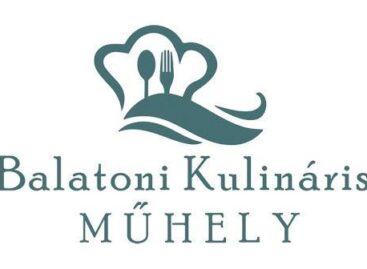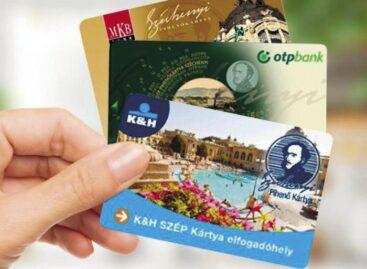A long term trend
The segment in catering where the biggest potential for growth is seen overseas is fast casual restaurants. Some examples have already appeared in Hungary as well. Fast casual comes from the combination of “casual dining” and “fast food”, meaning trendy, healthy, international, relatively fast and not too expensive. In short, a combination of the advantages offered by the two classic restaurant types. This segment appeared only ten years ago in the US and a few years ago in Europe. At first glance, fast casual restaurants remind us of fast food units, but offer far more in terms of menu and service. By the end of the 20th century, the pace of our lives has accelerated drastically, and traditional meals were no longer regarded as a priority. We still need the experience we get in restaurants, but we want to get it in less time. We need a place where we can get food relatively quickly, at a reasonable price and we want more than three items to choose from. It is also useful if the place is a bit less impersonal and more friendly than classic fast food units. This is why fast casual places have waiters. As a result of constant attacks from groups fighting obesity and junk food, fast food chains in wealthier markets have also began to offer new menus based on better quality materials, even improving the quality of coffee sold. At the same time, the trend of “premiumisation” has also emerged in the fast food sector, meaning that the interior of these units is also being upgraded. Advertising concepts have also been adapted to this new image, with a lot of attention given to “healthy” food and lifestyle. Traditional casual dining restaurants on the other hand, are trying to get faster and keep their prices reasonable. Average restaurant guests have preferences shaped by the media to a large extent. This means average guests are more health-conscious and open to international trends than in the past, appreciating creativity and an exciting environment. Fast casual restaurant usually use good quality and healthy ingredients and are based on a specific cuisine like, Italian or Mexican. As higher quality ingredients are used and the interior is also more sophisticated, prices are higher than in fast food units, but still lower than in traditional restaurants. Owing to being less uniform than classic fast food chains, not even the largest fast casual chains have more than a few hundred units. There is much greater diversity and flexibility in the fast casual segment, than in fast food. Ferran Adria has been among the first chefs in Europe to adapt to the fast casual trend with his “Fast Good” business concept. In Hungary, Rosinter Restaurant and Vapiano are the first examples of the fast casual concept. Though fast casual may also be regarded as simply another symptom of globalisation, it produced six times faster expansion in the US last year than fast food.
Related news
Related news
A new level of gastronomy at Lake Balaton
The hospitality industry at Lake Balaton and vocational training are…
Read more >The SZÉP card remains stable – even if not at Lake Balaton
Although its popularity has decreased slightly, the SZÉP card is…
Read more >



